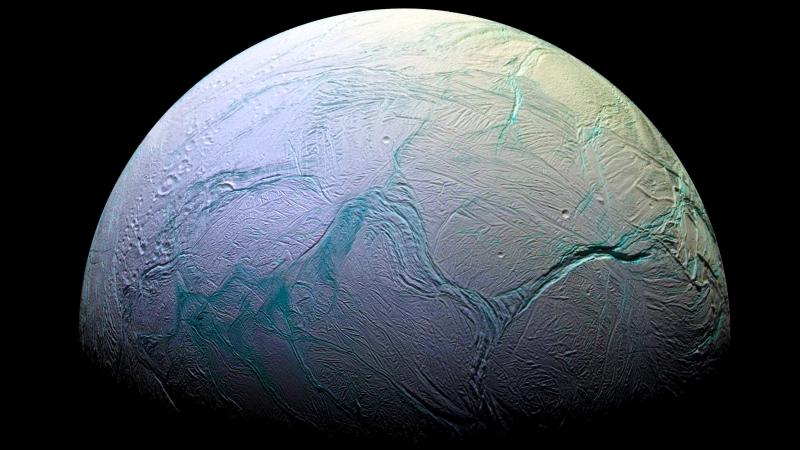NASA confirms it shifted nearby asteroid's orbit in first-ever planetary defense test
Test was "humanity's first time purposely changing the motion of a celestial object."
NASA confirmed this week that a recent planetary defense test run was a success, marking what it said was the first time in human history that a spacecraft had altered the trajectory of a body in space.
The space agency said in a press release on Tuesday that its recent Double Asteroid Redirection Test—in which it slammed a spacecraft into a nearby asteroid in an attempt to shift its trajectory—"successfully altered the asteroid’s orbit."
"This marks humanity’s first time purposely changing the motion of a celestial object and the first full-scale demonstration of asteroid deflection technology," the agency said.
The DART test was meant to determine if humanity is capable of diverting potential extinction-level asteroids that could pose a threat to life on Earth.
Geoligists have demonstrated that Earth over its roughly four-billion-year history has been subject to numerous catastrophic asteroid impacts, including one about 66 million years ago that brought about the death of the dinosaurs, as well as one around 35 million years ago that devastated the eastern coast of the United States and formed the Chesapeake Bay.
NASA Administrator Bill Nelson said in the release that the successful mission "shows that NASA is trying to be ready for whatever the universe throws at us."
"NASA has proven we are serious as a defender of the planet," he said. "This is a watershed moment for planetary defense and all of humanity, demonstrating commitment from NASA's exceptional team and partners from around the world.”















